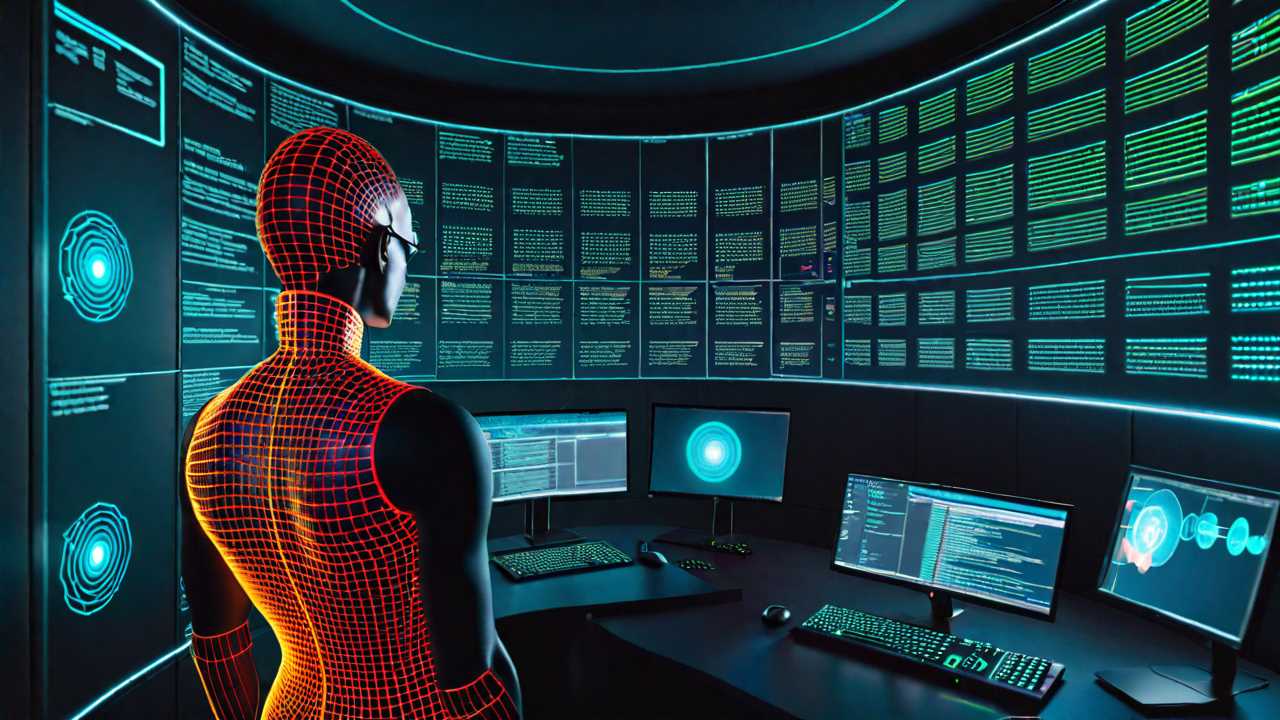Technology
How does quantum computing differ from traditional computing?

In the rapidly advancing world of technology, the distinction between quantum computing and traditional computing represents a pivotal frontier in the evolution of computational capabilities. This article seeks to demystify the complex, yet fascinating differences between these two paradigms, shedding light on how quantum computing is set to redefine the landscape of problem-solving, data analysis, and encryption.
Understanding Traditional Computing
At the heart of traditional computing lies the binary system, a method of data representation using bits that can exist in one of two states: 0 or 1. This binary system is the cornerstone of classical computers, which perform operations using a vast array of bits. Whether it’s for simple arithmetic calculations or running sophisticated software applications, traditional computers rely on manipulating these bits through logical operations to process information.
The Quantum Leap: Quantum Computing
Quantum computing, on the other hand, introduces an entirely new approach to data processing, leveraging the principles of quantum mechanics. The fundamental unit of quantum computing is the qubit, which, unlike the binary bit, can represent a 0, a 1, or any quantum superposition of these states. This capability allows quantum computers to process a vast amount of information at an exponentially faster rate than their traditional counterparts.
Qubits vs. Binary Bits
The magic of qubits lies in their ability to exploit two key principles of quantum mechanics: superposition and entanglement. Superposition refers to a qubit’s ability to be in multiple states simultaneously, a stark contrast to the rigid binary state of traditional bits. Entanglement, another quantum phenomenon, allows qubits that are entangled to be in a correlated state, where the state of one (whether in superposition or not) can depend on the state of another, regardless of the distance separating them. This interconnectedness enables quantum computers to perform complex calculations more efficiently than traditional systems.
Real-world Implications of Quantum vs. Traditional Computing
The differences between quantum and traditional computing have profound implications for various fields. In cryptography, for example, quantum computing presents both a challenge and an opportunity. Quantum algorithms, such as Shor’s algorithm, could potentially break many of the cryptographic systems currently in use, necessitating the development of new quantum-resistant encryption methods.
In the realm of scientific research, quantum computing promises to accelerate the discovery of new materials and drugs by simulating molecular structures in ways that are impractical for traditional computers. Furthermore, optimization problems across logistics, finance, and artificial intelligence, which are computationally intensive on classical systems, could see groundbreaking advancements through quantum computing.
Challenges and the Road Ahead
Despite its potential, quantum computing is in its nascent stages, with significant challenges lying ahead. The creation and maintenance of qubits in a state of quantum coherence without interference from their environment is a daunting task. Additionally, developing algorithms that can fully harness the power of quantum computing requires a paradigm shift in programming and problem-solving approaches.
As research and development in quantum computing continue to advance, we are likely to witness a gradual convergence of quantum and traditional computing, where specific tasks are offloaded to quantum processors to leverage their superior computational power. This hybrid approach could pave the way for solving some of the most pressing and complex problems facing humanity today.
Conclusion
The journey from traditional computing to quantum computing represents one of the most exciting frontiers in the quest for computational advancement. By understanding the fundamental differences between these two approaches, including the transition from binary bits to qubits and the leveraging of quantum mechanics principles like superposition and entanglement, we can appreciate the monumental shift that quantum computing brings to the table. As we continue to explore this uncharted territory, the potential to revolutionize industries, from cryptography to drug discovery, becomes increasingly tangible. With each quantum leap forward, we edge closer to unlocking capabilities beyond our current imagination.

Hey there! I’m William Cooper, your go-to guy for all things travel at iMagazineDaily. I’m 39, living the dream in Oshkosh, WI, and I can’t get enough of exploring every corner of this amazing world. I’ve got this awesome gig where I blog about my travel escapades, and let me tell you, it’s never a dull moment! When I’m not busy typing away or editing some cool content, I’m out there in the city, living it up and tasting every crazy delicious thing I can find. Join me on this wild ride of adventures and stories, right here at iMagazineDaily. Trust me, it’s going to be a blast! 🌍✈️🍴







